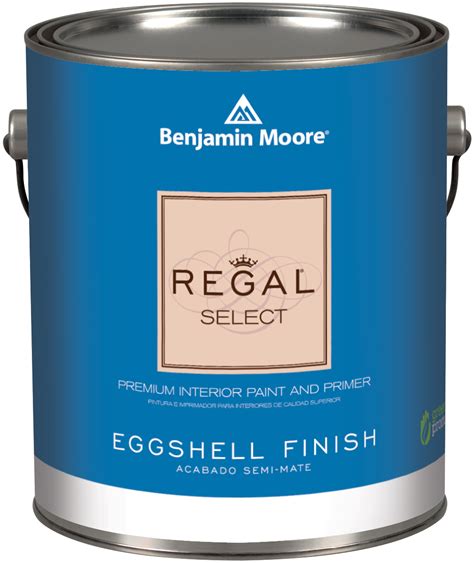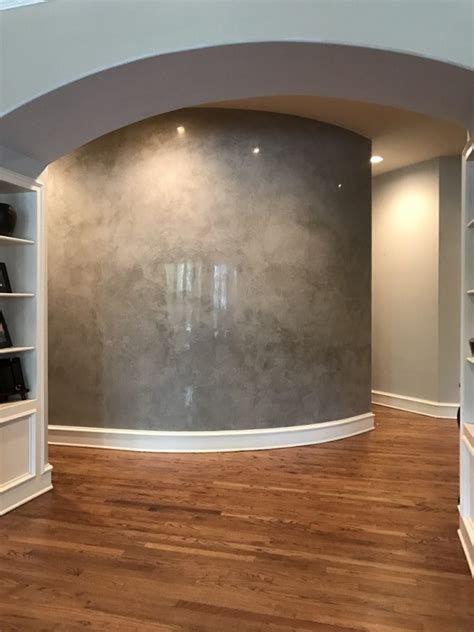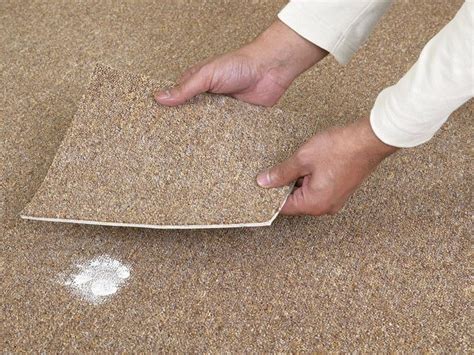
When it comes to choosing the right paint finish for your interior walls, eggshell paint is a popular and versatile option. In this comprehensive guide, we will explore what eggshell paint is, when and why to use it, and the benefits it offers. By the end of this article, you’ll have a clear understanding of eggshell paint and how it can enhance your home’s aesthetics.
What Is Eggshell Paint?
Eggshell paint falls between flat and satin finishes on the sheen scale. It offers a soft, velvety appearance with a slight sheen, resembling the texture and appearance of an eggshell, hence its name. Eggshell paint is a popular choice for interior walls and is suitable for a variety of rooms, including living rooms, bedrooms, and dining areas.
When and Why to Use Eggshell Paint
Eggshell paint is an excellent choice in several situations. Here are some instances where you should consider using eggshell paint:
- General Living Spaces: Eggshell paint is ideal for rooms where you want a touch of elegance without an overly glossy finish. It works well in living rooms, bedrooms, and dining areas.
- Low to Moderate Traffic Areas: If the walls are in areas that don’t experience heavy wear and tear, such as hallways or adult bedrooms, eggshell paint can provide a durable and visually appealing finish.
- Unblemished Surfaces: Eggshell paint is best suited for walls that are in good condition and have minimal surface imperfections. It may not effectively hide major flaws or uneven surfaces.
Benefits of Using Eggshell Paint
Eggshell paint offers several advantages that make it a popular choice among homeowners. Let’s take a closer look at some of the key benefits:
1. Conceals Surface Flaws
While eggshell paint may not completely hide major wall imperfections, it does a great job of camouflaging minor flaws such as small dents, scratches, or uneven textures. It provides a smoother and more uniform appearance compared to flat paint.
2. Easy Application
Eggshell paint is relatively easy to apply, making it suitable for both DIY enthusiasts and professional painters. It typically requires fewer coats compared to flat paint, saving you time and effort during the painting process.
3. Greater Cleanability
One of the significant advantages of eggshell paint is its cleanability. The slight sheen of the finish allows for easier removal of dirt, stains, and smudges compared to flat paint. This makes eggshell paint a practical choice for high-traffic areas or rooms prone to splashes or spills.
How Eggshell Paint Differs From Satin Finish
While eggshell paint and satin finish share some similarities, they also have distinct differences. Here’s a comparison between the two:
1. Greater Matte Sheen Than Satin
Eggshell paint has a lower sheen level compared to satin finish. It offers a soft, velvety appearance with a slight shine, whereas satin finish has a more noticeable sheen and reflects light more prominently. If you prefer a more muted look, eggshell paint is a better choice.
2. Lower Cost Than Satin
In terms of cost, eggshell paint is generally less expensive than satin finish. If you’re working within a budget, using eggshell paint can help you achieve a desirable finish without breaking the bank.
3. Slightly Less Durable Than Satin
While eggshell paint is durable enough for low to moderate traffic areas, it is slightly less resistant to wear and tear compared to satin finish. Satin finish offers a higher level of durability and is more suitable for high-traffic areas, such as hallways or children’s rooms.
Frequently Asked Questions
1. Is eggshell paint washable?
Yes, eggshell paint is washable to an extent. The slight sheen of the finish allows for easier cleaning and removal of stains. However, it’s important to use gentle cleaning methods and avoid abrasive scrubbing, as it may damage the paint surface.
2. Can I use eggshell paint in bathrooms and kitchens?
While eggshell paint can be used in bathrooms and kitchens, it’s important to note that these areas are prone to moisture and humidity. For better protection against moisture-related issues, such as peeling or mildew growth, it’s recommended to use a paint specifically designed for high-moisture areas, such as semi-gloss or satin finish.
3. Can I paint eggshell over flat paint?
Yes, you can paint eggshell over flat paint. However, it’s important to properly prepare the surface by cleaning and lightly sanding it to ensure good adhesion. Additionally, applying a primer before the eggshell paint can improve the overall finish and durability.
Conclusion
Eggshell paint offers a unique combination of elegance, durability, and ease of maintenance. Its velvety appearance and slight sheen make it a popular choice for various interior spaces. By understanding the benefits of eggshell paint, its suitable applications, and how it differs from satin finish, you can confidently select the right paint finish for your next home improvement project. Remember to consider the condition of your walls and the specific requirements of each room to achieve the desired aesthetic and functionality. Happy painting!


:max_bytes(150000):strip_icc()/what-is-the-difference-between-a-pergola-and-an-arbor-2736630-hero-68bb466d08ab490a81ad36b2b44cccdf.jpg)



